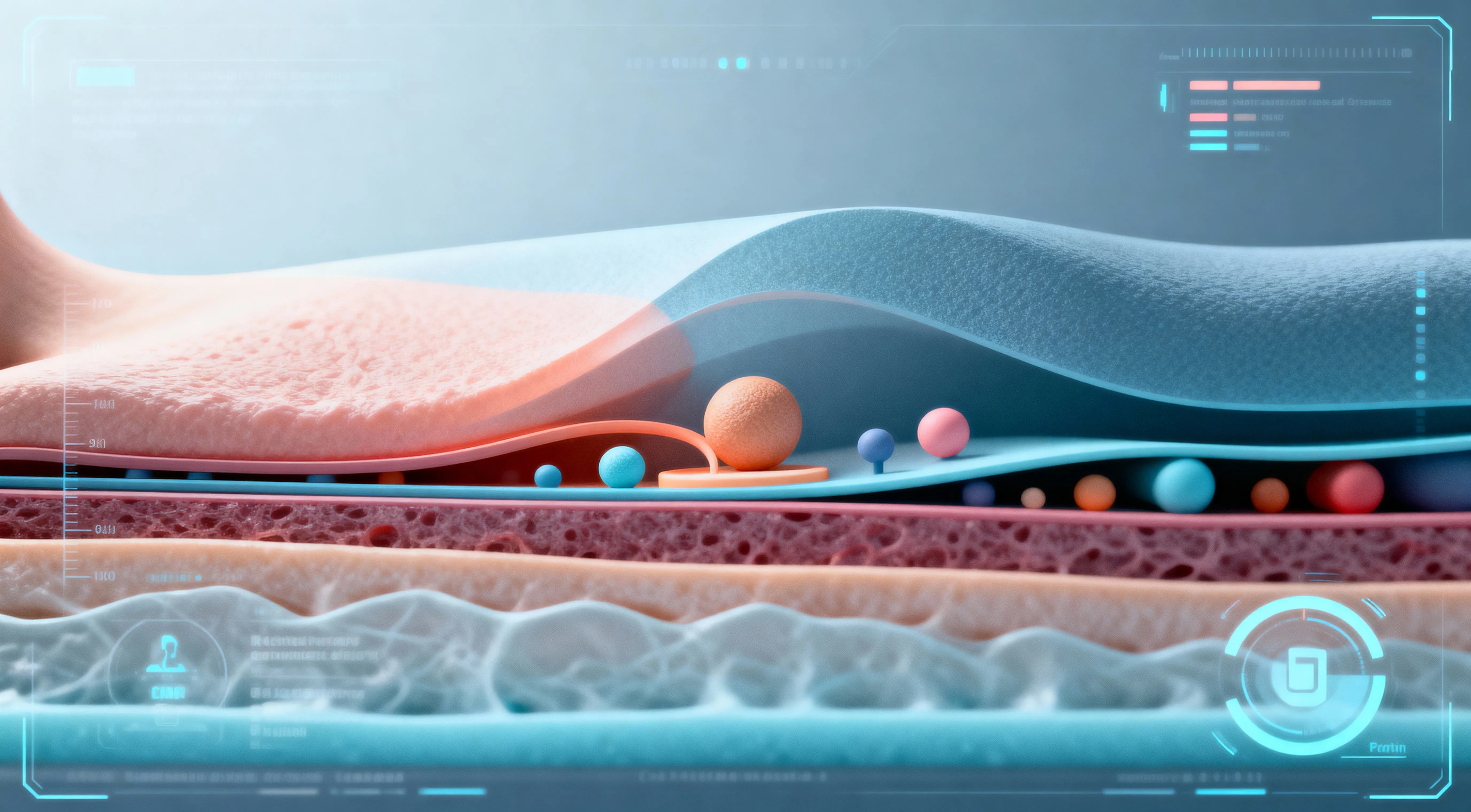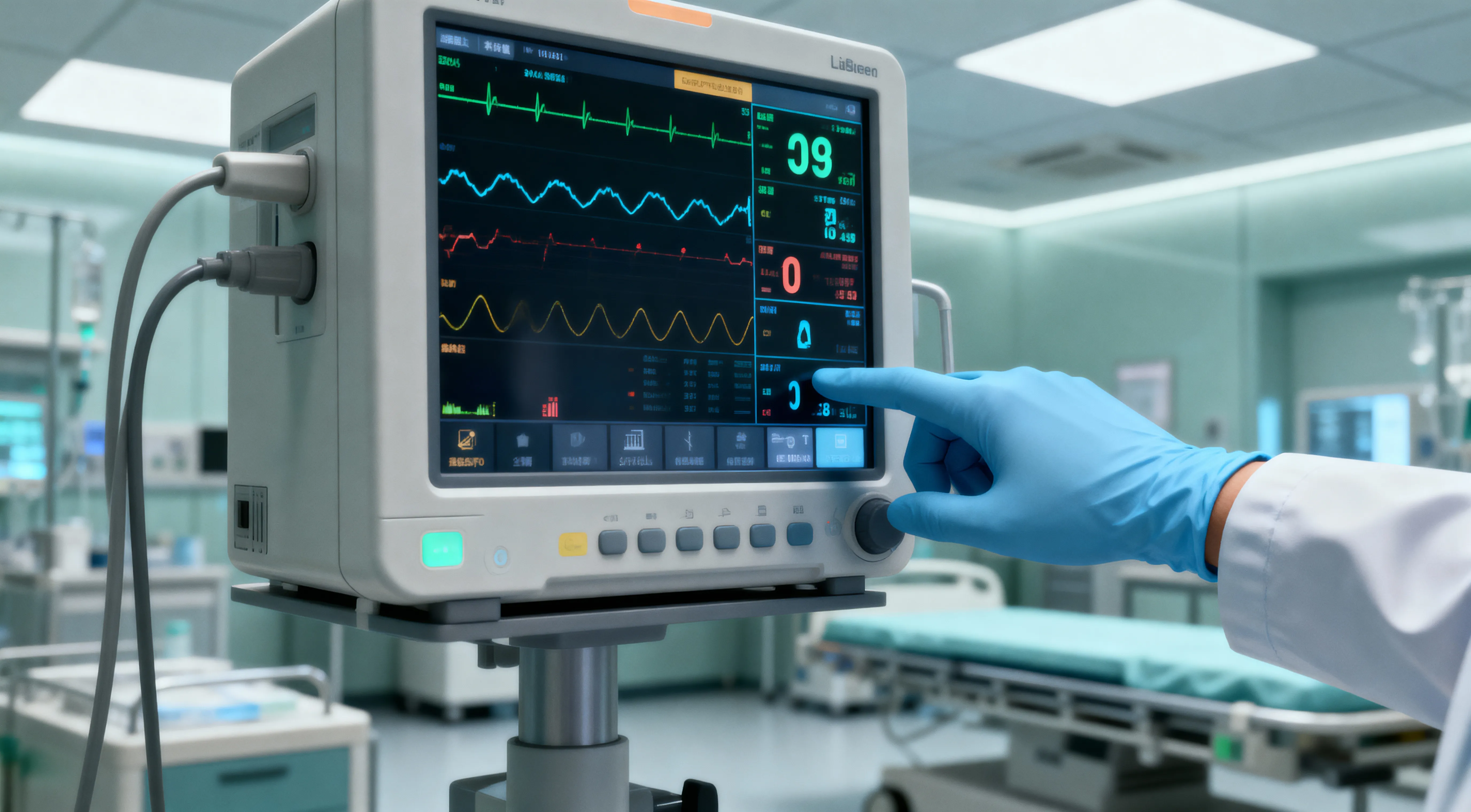
How Is Medical Animation Used in Clinical Training?
How is medical animation used in clinical training? Explore how 3D animation enhances learning in surgical training, drug mechanisms, and emergency simulations.
ADIM Blog
22 November 2025 | 2 Minute Reading
How Is Medical Animation Used in Clinical Training?
Medical education and clinical practice require combining theoretical knowledge with hands-on experience. However, some surgical procedures, drug mechanisms of action, or patient treatment processes are not always clear when explained only through written materials. At this point, medical animation emerges as an effective learning tool for both students and professionals in clinical training.
The Role of Medical Animation in Clinical Training
Simplifies complex processes: Cellular mechanisms and surgical steps become easier to understand.
Supports visual learning: Theoretical knowledge becomes more memorable with visual reinforcement.
Provides safe training: Students can learn high-risk processes in a virtual environment without danger.
Facilitates global education: Multilingual content allows for use in different regions worldwide.

Applications of Medical Animation in Clinical Training
1. Surgical Training
Surgical procedures can be demonstrated step by step through 3D animation.
Students can visually understand both pre-operative and post-operative processes.
2. Pharmacology and Drug Mechanisms
The effects of drugs in the body can be explained at a cellular level.
Comparative drug interactions and outcomes can be visualized effectively.
3. Patient Management and Treatment Processes
Chronic disease treatment plans can be explained with medical animations.
Treatment adherence can be taught using interactive videos.
4. Emergency Scenarios
Situations such as trauma, cardiac arrest, or respiratory failure can be simulated virtually.
Healthcare professionals can practice intervention steps without real-world risk.
Benefits of Medical Animation in Education
Enhances retention: Visual learning ensures knowledge stays longer in memory.
Saves time: Short animations make complex topics quicker to understand.
Boosts engagement: Captures and maintains learners’ attention more effectively.
Enriches teaching materials: Adds a modern dimension to traditional educational methods.

Clinical Education Animation Trends for 2025
VR-based virtual surgical simulations.
AR-powered interactive patient training.
Mobile-friendly micro-animation lessons.
Personalized educational content.
Conclusion
Medical animation is a powerful method for making complex processes in clinical training clear and memorable. From surgical training to drug mechanisms, it supports both students and professionals with effective and engaging learning tools.
If you want to strengthen your clinical training with medical animation solutions, contact us to deliver a more impactful learning experience.
Let’s Elevate Your Brand Together
Our experienced team is here to support you in your animation and visualization projects.